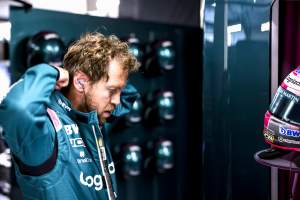Up Next

Aston Martin’s Formula 1 project began with a host of short-term moves in 2021 that gave it a heavyweight feel – a full rebrand, big new partnership deals, plenty of financial firepower and the arrival of four-time world champion Sebastian Vettel.
World championship-winning operations aren’t built overnight, though. It would always take more time for Aston Martin’s substance to match its style.
The most significant areas of progression for any F1 team tend to be the least flashy ones and none of the really important Aston Martin commitments over the past few months will have the slightest immediate impact on its form, which has been less impressive than hoped for.

Since the early surface wins there has been a swathe of announcements all geared towards medium-term progression: including breaking ground on the build of a brand-new factory, incorporating a windtunnel within that plan and coordinating a technical structure revamp that involves signing highly-rated Red Bull man Dan Fallows as technical director.
The latest move? Hiring ex-McLaren CEO Martin Whitmarsh to head up the new Aston Martin Performance Technologies umbrella group. That made two statements about the Aston Martin project: first, it underlined its power by recruiting one of F1’s most experienced players of recent decades; second, it showed the scale of ambition by setting this out as more than ‘just’ an F1 team.
“It isn’t all talk,” Aston Martin F1 team boss Otmar Szafnauer tells The Race.
“The ground-breaking with the pictures of the factory shows it’s not all talk. The significant hires that we’ve recently announced shows it’s not all talk.
“To me the biggest thing – because it’s really, really expensive, and you don’t know how long windtunnels will be in operation in Formula 1 – is that we’re embarking on a state-of-the-art windtunnel, and that’s not cheap.
“It’s £60-70million, with maybe a finite life. That in itself shows that we’re serious.”
The only problem is having to wait to benefit from that. Which is complicated by a first season as ‘Aston Martin’ that has been compromised by the floor changes introduced for this season that made its car less competitive than in 2020.
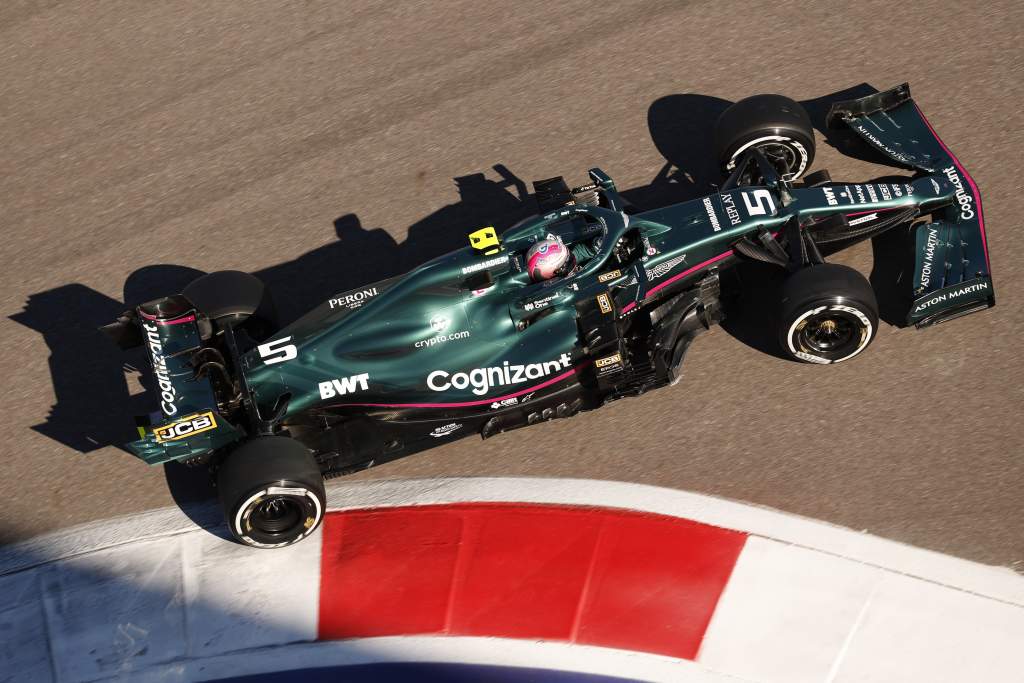
A short-sighted view of the project is that it’s got off to a false start, having taken a backwards step since the race-winning final year in its Racing Point identity. Lawrence Stroll didn’t buy an F1 team and put this much investment into it for these results.
But by now it should be well-established that 2021 is an unusual year in F1 and unless you’ve tuned out all of Aston Martin’s messaging, you’ll know that everyone – especially the team’s ambitious owner Stroll – is acutely aware this is a multi-year journey to its stated aim of fighting for titles.
So, while the 2021 results are not what Aston Martin would like to see, they shouldn’t complicate the bigger picture. Even next year, with new technical regulations and a chance to step forward, is not expected to transform the Silverstone-based team into a championship contender because its limitations go beyond the specific circumstances of its 2021 struggles.
Aston Martin’s ambitions are tied to its expansion in terms of personnel but crucially the new factory, including the windtunnel and a simulator. These are key infrastructure elements that the likes of Szafnauer simply have to wait for.
In the meantime, he admits Aston Martin is in “limbo”.
“So that’s… I wouldn’t call it frustrating, because you know it’s there,” Szafnauer says.
“I think the right phrasing is you’d wish it could happen sooner. Because you know what’s going to happen, but you just have to wait that time.”
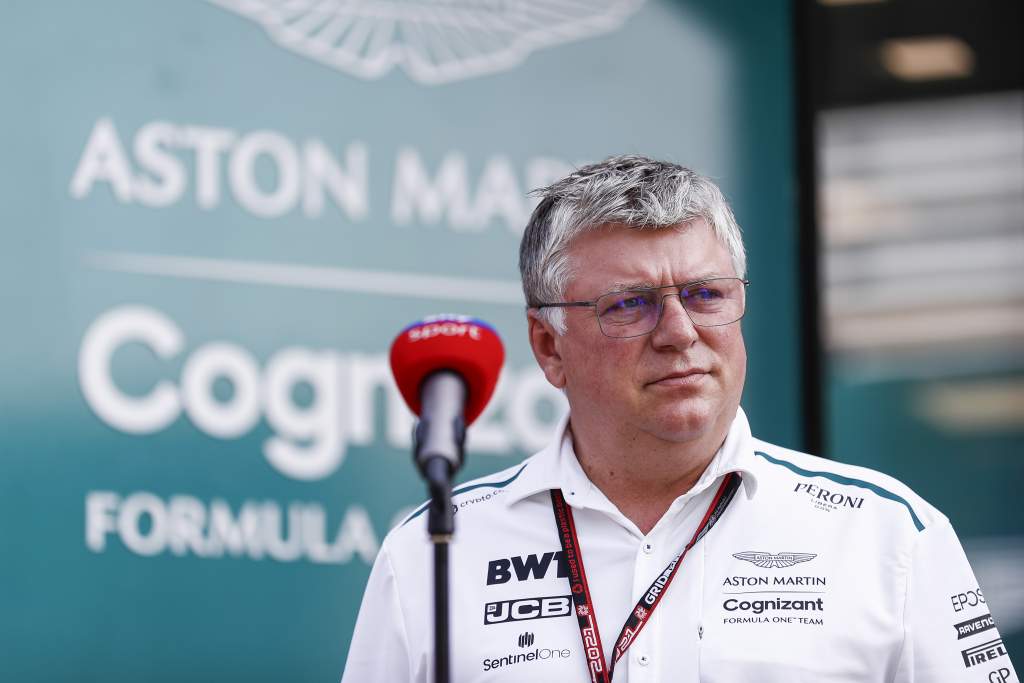
In the meantime, Szafnauer’s life has been… busy. Reporting directly to Stroll and essentially being in charge of every facet of the Aston Martin project has been a major responsibility pulling Szafnauer in multiple directions.
Szafnauer admits that with so much expansion the Aston Martin project is in a particularly hectic stage. It’s more than just the average team’s plan to improve – “which is why we need help, even at a senior level”.
Whitmarsh’s appointment will help with that. But his recruitment is also an excellent example of how Aston Martin can flex its muscles and land a win – hiring someone of Whitmarsh’s calibre – while having to wait for the investment to pay off.
“Over the last year coming to every race, for example, and then going back on a Monday, and working through all the issues of the factory, now building a new one and building a new windtunnel, Lawrence being there a couple of days a week – it’s just all over the place,” Szafnauer says.
“There’s all sorts of other stuff going on. So if, for example, I’m focusing on the layout of the new factory, and who’s going to sit where, at that same time, I can’t be asking questions about ‘how we are doing in the windtunnel?’ and why we took half a step backwards
“It’s opportunity cost when you’re doing so many things. That will come to an end in three years’ time when the infrastructure is there, when Aston Martin Performance Technologies is fully flowing, and we’ve hired all those people, and we know exactly what that business is doing, [about its] interaction with the Formula 1 team.
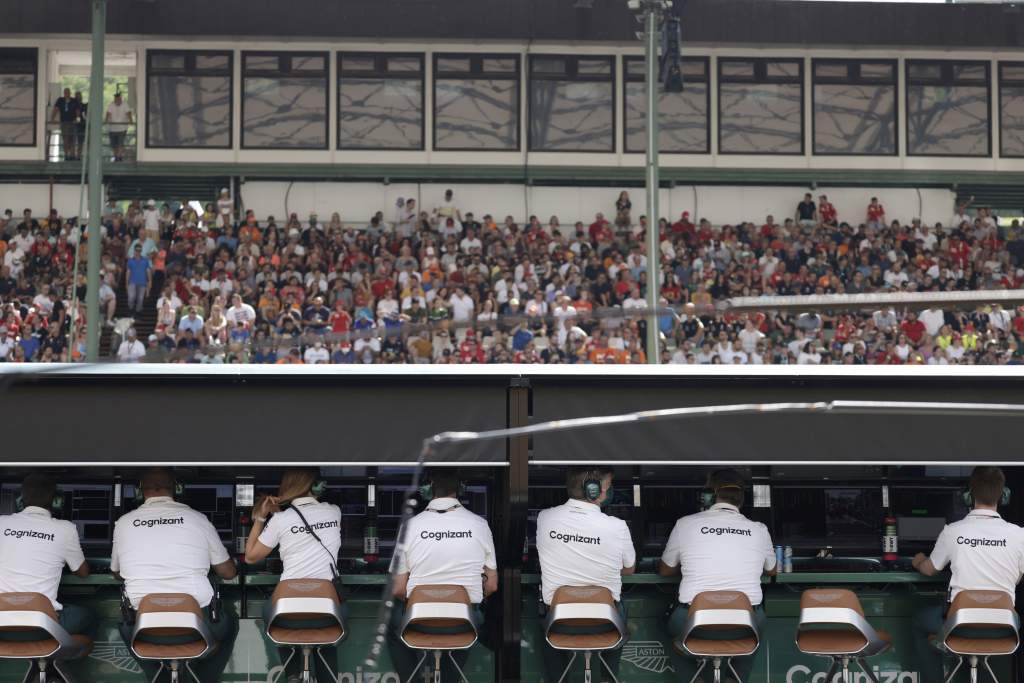
“When all that’s in place, then it will settle to something else. But that’s not going to happen for a few years. And in that time, we’ve got to make sure that we don’t spread the people that really should be looking at Formula 1 too thinly.
“It’s happened many, many times. Even at McLaren when they built the new factory. As you build the new factory, you’ve got to focus on this.
“When you focus on ‘this’, you can’t focus on ‘that’. So that’s what it’s about.”
Busy as he’s been, having worked with the team in its cash-strapped days as Force India, Szafnauer clearly prefers this alternative.
He says there is no single “most fun thing” about the Aston Martin project – instead he defines it as how various mini-projects are combining to “growing the team to become a world championship contender”.
And having lived through something similar in the past, previously working at BAR when Honda took control of the team with the ambition of becoming world champion (but leaving before Honda got to experience that itself), Szafnauer sees something unique in the current programme.
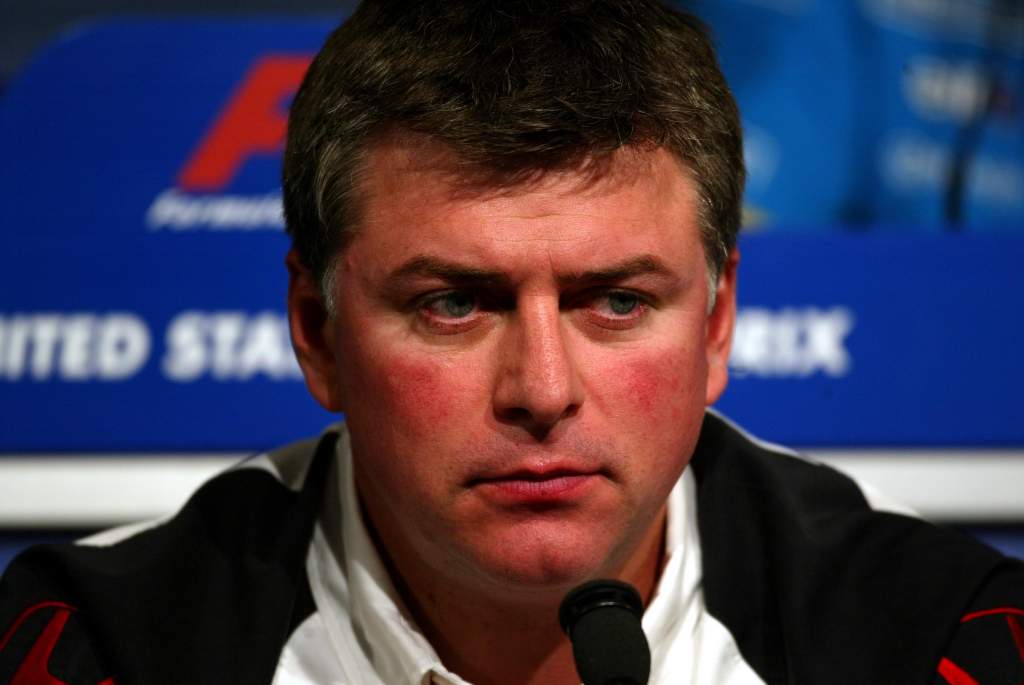
“There’s significant differences to when I was at Honda or BAR because they too grew the team to be a world champion,” says Szafnauer.
“It’s done with more vigour. I don’t want to say passion. But it’s done at a quicker rate, there’s more urgency.”
That takes us back to the tricky act of balancing that urgency with the realism required to handle Aston Martin’s self-described “limbo”.
The nature of the behind-the scenes growth means it’s much more important that the team’s senior personnel see the right trend away from the track than get carried away with the short-term results on it.
And the simple truth for Aston Martin is that the main statements of intent – like building a new factory, like hiring one of Red Bull’s main technical people, like recruiting a Whitmarsh type to head up an entire new enterprise – are not going to have a tangible benefit for a long time.
“There are other short-term things that were done but, by definition, short-term stuff is the things you can do immediately,” Szafnauer says.
“What we don’t lack now is funding to be able to do them. But some of these things, even if you have the financial resources, you can’t get them done because it takes time.
“Even if you’ve got the money to build a factory, you can’t build a factory in a day. It doesn’t happen. With key signings, as well, some of these people are on two- or three-year contracts, even though you can sign them, they may come in two years’ time.
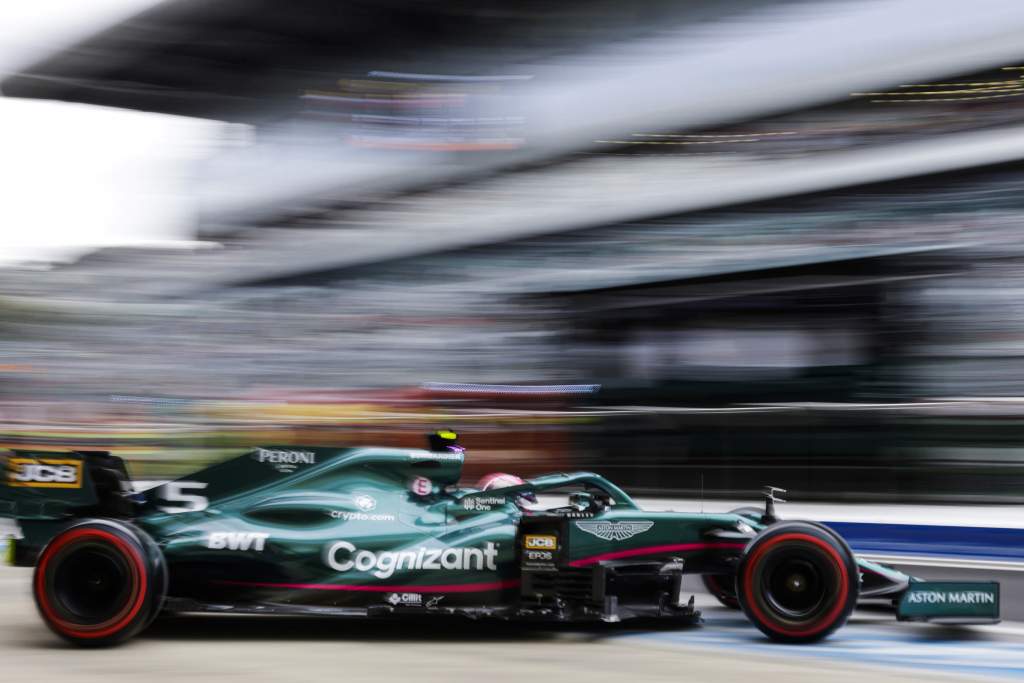
“All the stuff we could do early on in the short term we did. We increased our manufacturing capacity pretty quickly because it’s all about buying some equipment, finding a place to store it, and then hiring the people that you can get quicker.
“In manufacturing, people don’t necessarily have to come from a Formula 1 team, they can come from a machine shop that’s out of Formula 1 or laminators can come from the aerospace industry or whatever.
“We did all that stuff early on. Now what you’re seeing is the medium-term stuff that does take time.”
It’s also the stuff that will have a much bigger bearing on how the Aston Martin project plays out. So long as those within the team understand that, there’s no reason for the intervening limbo to derail such grand ambitions.
“You can’t have unrealistic expectations,” Szafnauer says.
“If you walk around in life with unrealistic expectations, you’ll always be disappointed.”



